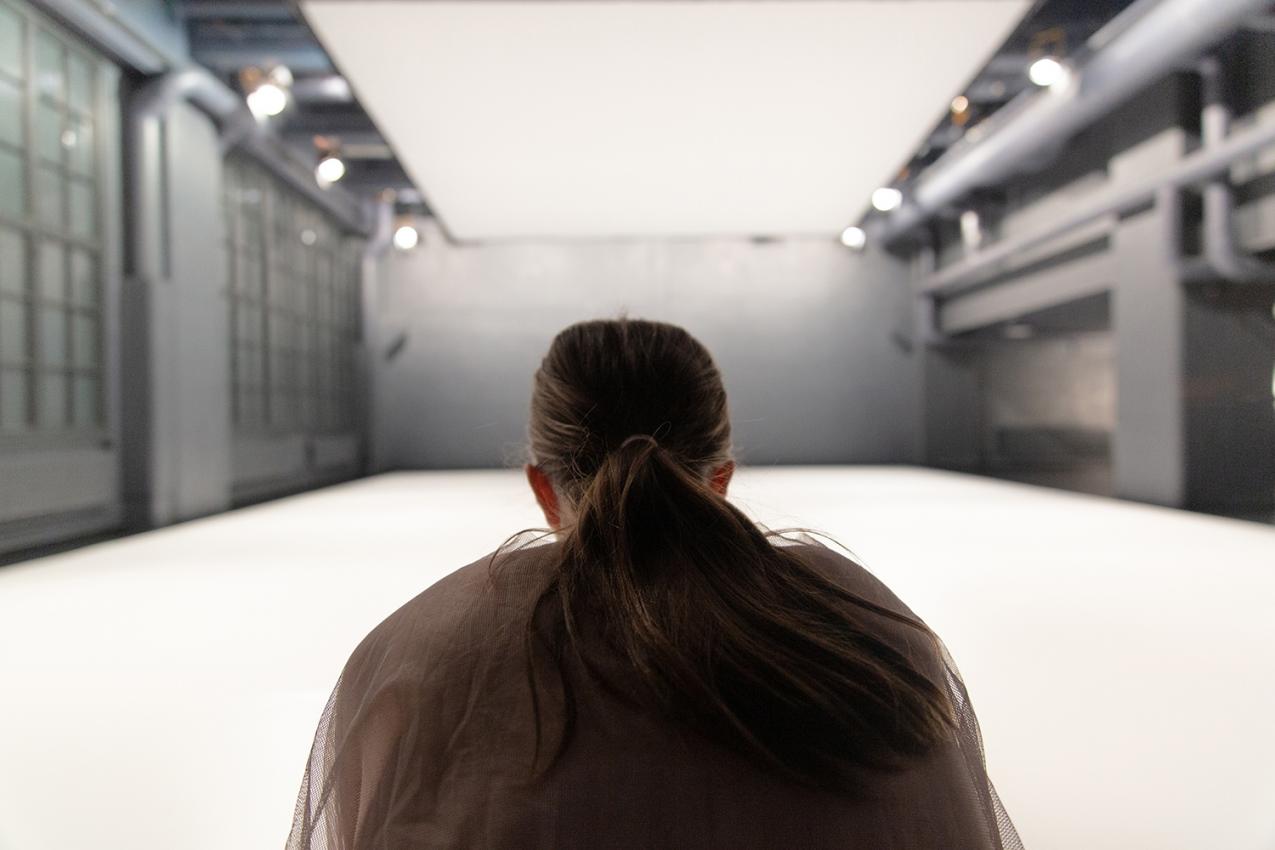Contemporary dance evokes mental images
Contemporary dance is better compared to painting, music or poetry that evokes mental images in the spectator. Likewise, a contemporary dance performance may, through movement, lighting and sound, evoke impressions, make us remember something, or simply stop us to contemplate a single moment or the movement.
Contemporary dance asks questions
Contemporary dance can, in many respects, be compared to contemporary art in general. A dance performance does not necessarily only charm the audience with its beauty or the skill of the performers. Instead, it challenges the spectator to ask questions. A work of art examines different phenomena and our ways of being in the world, but usually does not even attempt to provide any final answers to the questions. It is more likely to reveal different layers in them.
A work of art can challenge the spectator into an intellectual game. It may refer to history, other artworks or the entire field of culture. However, the spectator’s experience of the artwork is not diminished or made any less important if the play of references and citations goes unnoticed.
Even though many contemporary dance works do not present a story with a plot, their starting points may lie in concrete matters or subjects, which the choreographer approaches through movement. In this case the work might not attempt to illustrate the theme or the choreographer’s thoughts; instead, it lays the themes in front of the spectator using movement.
Contemporary dance observes the human being and the human body
Dancers are very skilful and have precise control of their bodies. Contemporary dance observes the human being and the movements of the human body on a very wide scope. Contemporary dance includes all kinds of movement produced by human beings – not just spins, swings, jumps, leg lifts or somersaults. Sometimes everyday movements – or lack of movement – on the stage underline the expressive potential of the movement of the human body.
Traditionally, dance and music go together. However, not all contemporary dance performances feature music. The soundscape of a contemporary dance performance may also be produced by the performers themselves, or it can be made of different sounds collected and put together by the sound designer. In this case the attention of the audience is even more focused on the performers and the space around them.
Contemporary dance borrows from other forms of art
Contemporary dance cites and recycles existing notions and experiments with new ideas. Dance works may also be inspired by other kinds of dance or by different art forms. They are not always staged in traditional theatres with a stage. Instead, they can take place in any space that is meaningful to the work itself, the authors or the audience: on a street, in a gallery or in public transportation, for example.
Watching a contemporary dance performance is an experience subject to interpretation that challenges the spectator to put his or her imagination and creativity to work. Contemporary dance helps us see the world and what humans do in it in a novel, creative way.
For a pleasant viewing experience
A few tips in case you feel you have no idea at all what is happening on the stage…
- Focus on the legs, the arms, the wrists or the neck of the performer. By focusing on individual parts of the body you will see how skilful and subtle the performers are in bodily expression.
- Look at the costumes and the set, and give thought to why these particular costumes and set properties have been selected for this performance.
- Take notice of the lighting and how it changes. What do the changes make you feel like? Does the lighting create a certain kind of atmosphere? How does the lighting work in relation to the movement, the music and the performers?
- Listen to the music and the sounds around you. Do they have an effect on you? If yes, what kind of effect?
- Look how the dancers express themselves. What is your interpretation of the performance?
- Each spectator responds to the performance in his or her own way. You have the right to react just like you do.
Remember that there is no right or wrong interpretation. Everyone experiences the performance differently and reflects it against his or her own life.
Welcome to Zodiak and the world of contemporary dance!
